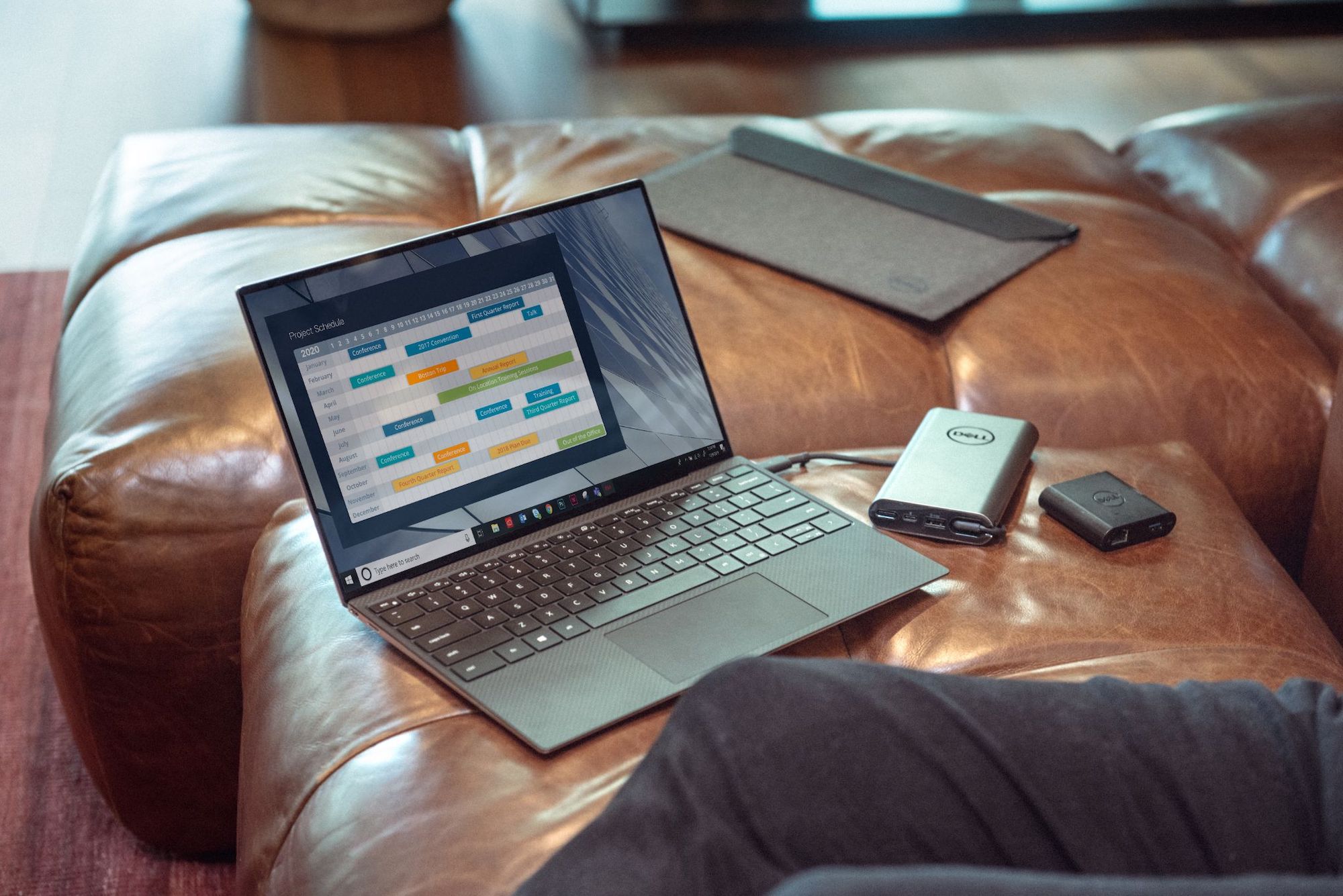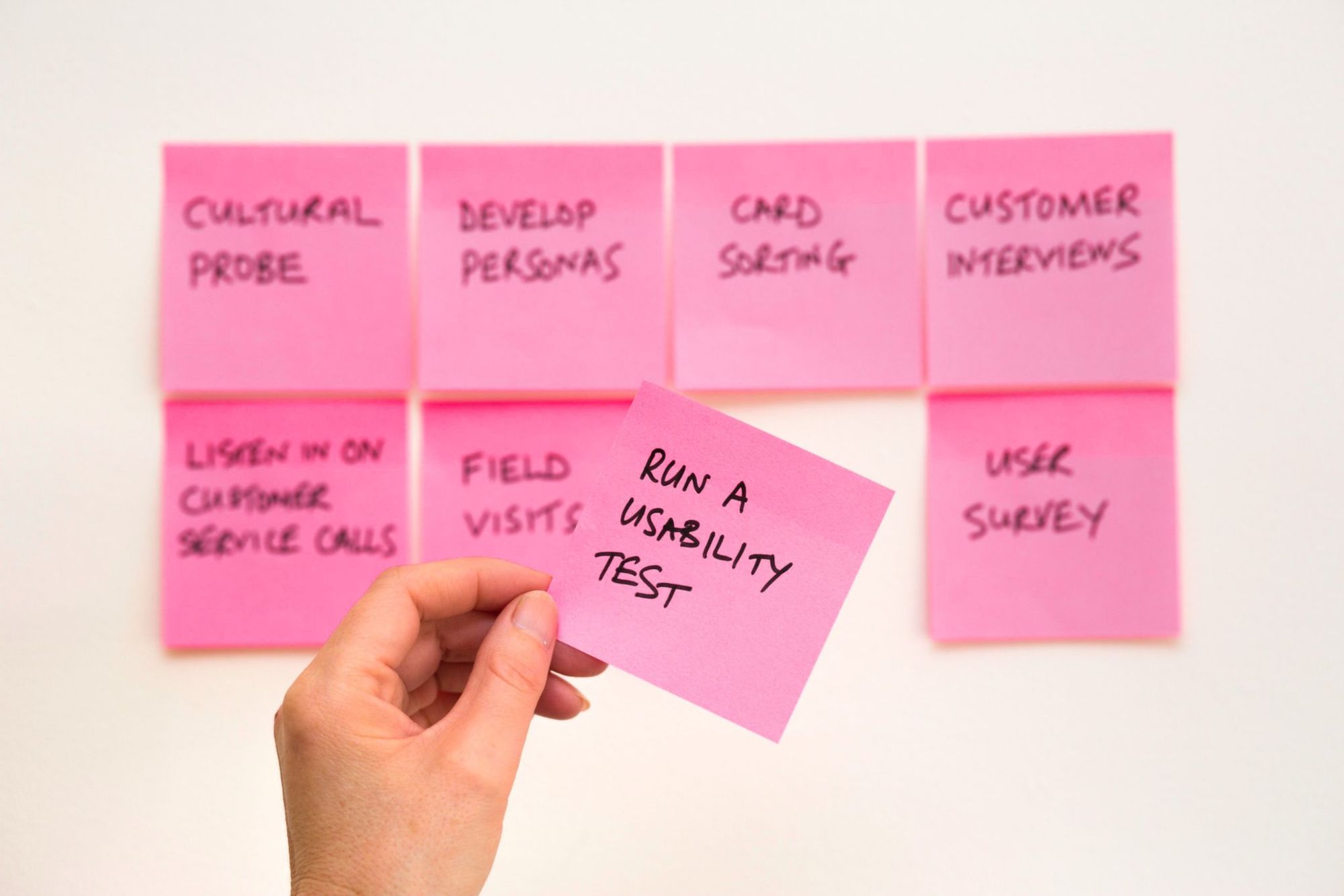Testing and evaluation of your design are key if you want it to be a success. Simply put, this confirms that your design or product will achieve the goals you intended for it. It will also tell you if your creation needs some refinement before it is placed on the market.
Testing a prototype allows both the designer and his customers to get an idea of how the design works. Is it what the customer needs? Will it perform in the way the designer intended? Testing is ideal for identifying any existing or potential faults, therefore reducing the occurrence of issues along the way.
Defining The Ideal Participant Group
Any design or prototype usability study requires involving a certain number of participants. But, how many participants should you involve in this process?
The ideal participant group size is widely debated amongst designers and study teams. It goes without saying that, as the group size increases, the costs and duration of the study increase, too. However, in many cases, picking a wider range of participants is the best, if not the only way to get accurate and actionable designs.
In the end, it all comes down to your design’s goals and purposes, the intentions of the designer, as well as the goal of the study. According to NNGroup, most of the testing requires less than a dozen participants to yield results, especially since including more people brings on endless costs. Some exceptions to this are:
- Quantitative studies that work best with at least 20 participants.
- Card sorting where you need to test a minimum of 15 participants per user group.
- Eyetracking where you need at least 39 users to get stable heatmaps.
On top of choosing the right number of participants, you must also decide on the range. How will you group them? What age range should your participants be in? What interests do they share?
If your design aims to meet the needs of a wider audience, you could benefit from testing a wider range of participants. If it is more focused and caters to the needs of a specific group of people, for example, teenagers, the focus of your study should be based on them only.

Based on this, if you were looking for a ”one size fits all” answer, there isn’t one. Specifying the size and range of the participant group for a design study is dependent on your preferences, the nature of your study, and of course – your budget and time.
Importance Of Prototype Testing
Design testing is one of the most crucial, yet highly misunderstood steps in design. Some treat this as an unnecessary expense and toss the idea aside immediately, all to save some money. Others don’t think that the results can help them improve the success of the design or fix its flaws.
However, as Maze says in its prototype testing guide, many benefits come from it. Some of them include:
… Launching a product confidently, knowing your design works and has been validated with real users before release, and finding and fixing major usability issues at the design stage.
Even if this requires an investment, the insight it offers is incredibly valuable. With continued tests performed with the right participants, the right number of participants, and the most suitable methods for testing – this can make or break the success of a design.
Thankfully, tools like Maze make the process extremely easy. You can use it to validate design ideas, run surveys, and successfully test your prototypes.
Key Benefits To Testing
If you think that testing is irrelevant or a luxury you can skip, think again. There are many reasons why every designer should test his product. Some of them include:
- Find Issues In The Design. How often does it happen that designers launch a product or website only to realize that it doesn’t work as it should? People struggle with finding the cart, the site loads slowly, there’s no purchase button, etc. Unless you want to be one of those people, you need to test your prototype and detect the flaws ahead.
- Test Hypotheses. When you design, you have some ideas in mind as to how people will use your product. These are your hypotheses i.e. what you think will happen as soon as they step foot on your site and see your design. You have ideas about their discoverability, actions, etc. By testing the design, you can see if these will turn into reality.
- Get Customer Feedback As Early As Possible. Isn’t it better to get the negative feedback privately before you launch the design? This will give you enough time to fix the errors and impress customers from the start. By getting input via testing, you can reduce or avoid altogether negative feedback from actual users.
- Save A Lot Of Money. Testing usually costs money, so how can you expect to save on this? Well, it can be 100 times more costly to fix a problem in a design post-launch. It is much cheaper to do this before you get it out there, even if you add the testing costs.

Choosing The Right Participants For Your Design
Finding and recruiting the right group is crucial if you want to get your design anywhere. Ideally, the group of participants you use in testing should represent your end-users or target group. For you to be able to translate the results into something of use, you need to select the right people to participate.
Regardless of which testing method you use, you need to recruit participants based on carefully thought criteria. Whether you opt for a card or tree testing, focus groups, questionnaires, and surveys, or decide to use some testing tools, you need to pick the participants carefully.
The method you use, your design, and your budget will determine the size and scope of your group. If you choose to set more general criteria such as location and age group, you’ll find that recruiting participants is simpler. If you have more specific criteria and a smaller range of participants, you might need to invest more time and effort into finding the right people.
After all, testing 5 and 50 people is completely different, and not only expense-wise.

There is one rule-of-thumb when it comes to design testing – you need your group to include your buyer persona i.e. the people in your target group. If you have a variety of groups that will use or need your design, you need a wider range of research participants to get accurate results.
Excluding any group of participants that you aim to reach with your design will mean that you won’t have it optimized for them. Potentially, this will make you lose more prospective users or buyers because you failed to find the flaws that might affect them.
Final Thoughts
Design testing is an important step in the creation and launching of a prototype. Skipping this step is bad for your business and can potentially bring on negative feedback and big expenses. The bottom line is, fixing the flaws is much better, cheaper, and most effective if it is done before you place your design on the market.
To implement proper testing, you need the right methods, but also the right participants. Depending on your target buyers, you need to determine the scope of users you’ll use, their number, and the criteria for recruiting them. Including all potential users in your testing is the best way to optimize the design before it is launched.
Share at:ChatGPTPerplexityGrokGoogle AI






